Media
Transcript
First up, on July 30 at 11:50 am UTC, the final Mars mission for this Martian launch window took off aboard a United Launch Alliance Atlas V rocket from SLC-41 at Cape Canaveral, Florida. NASA’s Perseverance rover is expected to arrive at the red planet on February 18, 2021.
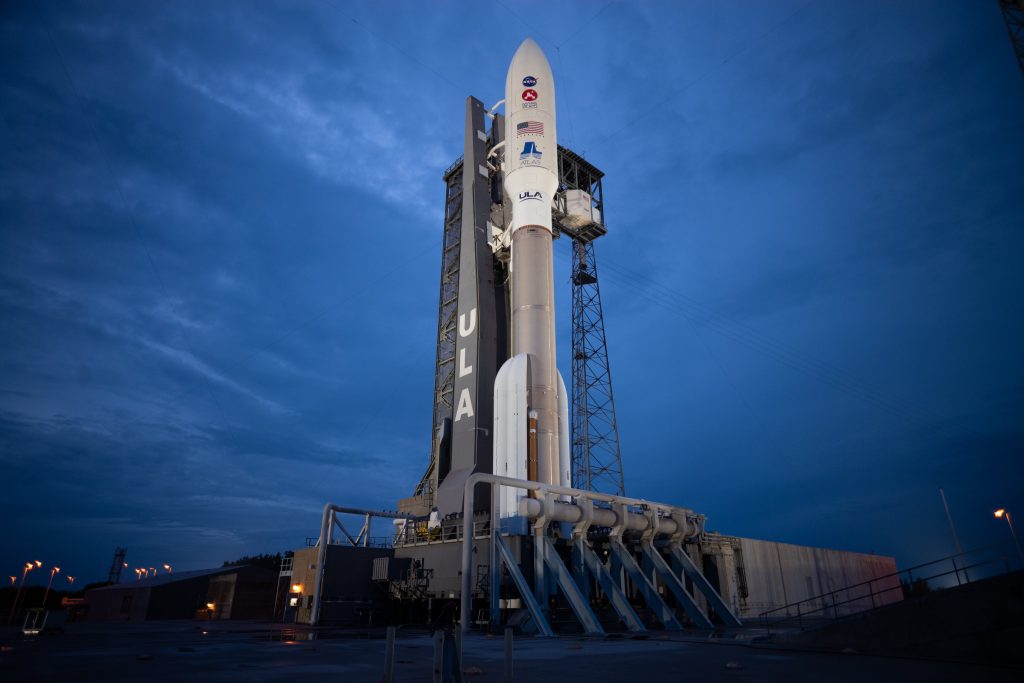
Perseverance has four goals: determine whether life ever existed, characterize the climate, characterize the geology, and prepare for human exploration. On Mars.
According to NASA, Perseverance will land in Jezero Crater, a “28-mile-wide (45-kilometer-wide) impact basin with an intriguing ancient river delta as well as steep cliffsides, sand dunes, boulders fields, and smaller impact craters.”
The delta is of particular interest because it’s a target-rich environment for Percy’s on-board instruments. There are “at least five different kinds of rock, including clays and carbonates that have high potential to preserve signatures of past life.” Planetary Instrument for X-ray Lithochemistry (PIXL) will “[aim] a tiny but powerful X-ray beam at rocks” that will make the rocks glow depending on their elemental chemistry. Scanning Habitable Environments with Raman & Luminescence for Organics & Chemicals (SHERLOC) will shoot an ultraviolet laser at samples to look for organic molecules — these are generally any molecules that have carbon-hydrogen bonds.
What makes Perseverance a really Big Deal is that it’s “the first Mars rover designed to collect samples that could one day be returned to Earth.” A core sample will be collected using a drill on the end of Percy’s robotic arm. Once the sample is safely placed inside the bit carousel, other robotic bits on the rover will go through a series of maneuvers to place that sample inside the rover itself. The idea is that a future mission will retrieve the samples and send them back to Earth for further analysis.
On Thursday, July 30th at 9:25 pm UTC, a Proton-M was launched from Site 200/39 at Baikonur Cosmodrome in Kazakhstan. Its payload was two communication satellites: Ekspress-80 and Ekspress-103.
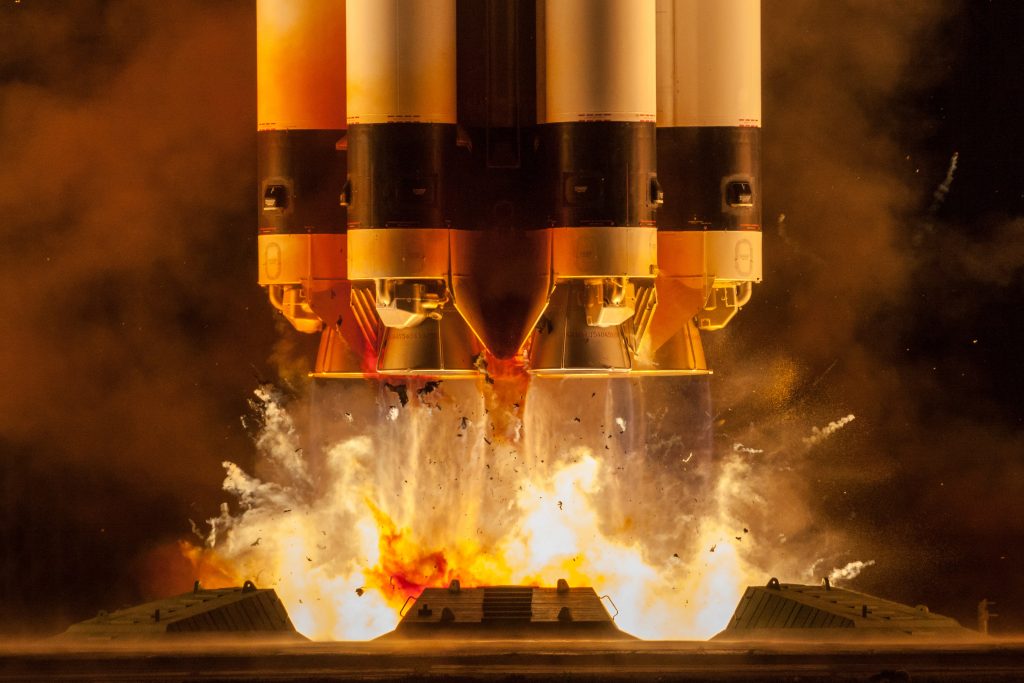
According to Roscosmos, the satellites, which are owned by Russian Satellite Communications Company (RSCC), “are designed to provide fixed and mobile services, digital TV and radio broadcasting, high-speed Internet access, as well as data transmission in Russia and the [Commonwealth of Independent States]”, which includes Armenia, Azerbaijan, Belarus, Kazakhstan, Kyrgyzstan, Moldova, Tajikistan, and Uzbekistan.
The spacecraft themselves were built by Information Satellite Systems Reshetnev, a subsidiary of Roscosmos, based on the Ekspress-1000N bus while the communication payloads were built by Thales Alenia Space. They have a design life of 15 years.
Ekspress-80 will be positioned and operate at 80° East, while Ekspress-103 will be positioned at 103° East. When commissioned, Ekspress-103 will operate at 96.5° East, with 103° East as a backup position, likely to replace the Ekspress-AM 3 satellite.
The two satellites each have 16 C-band and 20 Ku-band transponders that will provide coverage for Russia and Southeast Asia. Global coverage will be provided by 2 L-band transponders on Ekspress-80 and 1 L-band transponder on Ekspress-103.
Continuing their recent tradition of doing spectacular things on weekends, on Saturday, August 1, the SpaceX Dragon Crew Capsule Endeavor undocked from the International Space Station and began the slow process of changing its orbit to return to Earth with NASA astronauts Bob Behnken and Doug Hurley and the famous stuffed dinosaur, Tremor. Re-entry began Sunday morning and included an 11-minute entry burn at 17:56 UTC or about 1 pm Eastern. This long burn led to a precise landing in the still waters of the Gulf of Mexico.
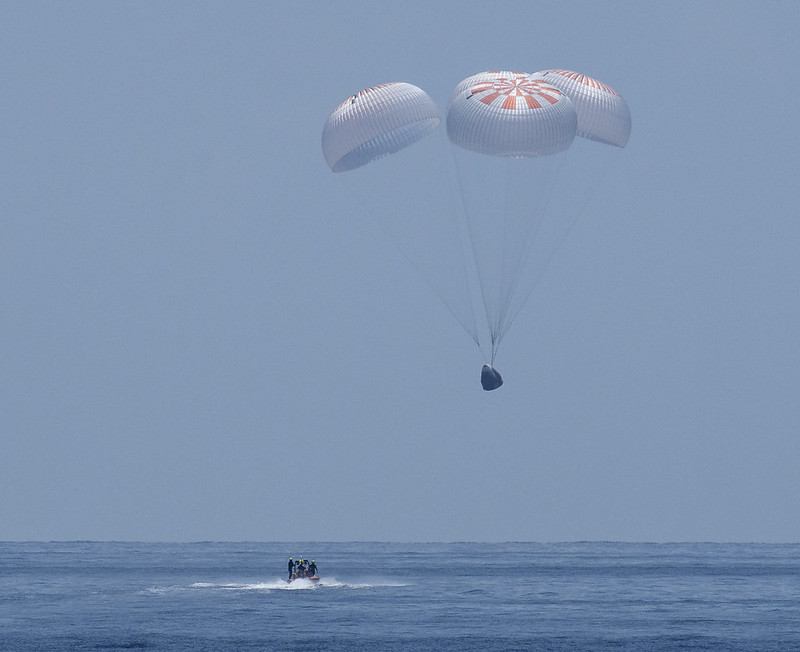
This landing took place in international waters near Pensacola at 18:48 UTC, or 2:48 pm Eastern, and was the first US water landing since 1975. This capsule’s total mission lasted 63 days, 23 hours, and 25 minutes, and it was flawless almost to the end. The one thing NASA and SpaceX need to figure out how to fix was something not entirely related to the spacecraft.
After landing, the capsule was swarmed by dozens of spectator boats. One particular boat, flying a Trump flag, planted itself between the capsule and SpaceX’s Go Navigator boat, that was trying to reach the capsule to retrieve it. This boat actually blocked Go Navigator’s view of the capsule! All these boats were a hazard on many levels, the least obvious being that the capsule may have had toxic gases still venting that could have affected the health of anyone who got too close. Luckily, there were no accidents, no reported health issues, and the SpaceX radio operator and high-speed boats were able to herd the spectators back to a safer distance.
Both NASA and SpaceX have said they will work to figure out how to prevent this kind of confusion from happening again. Since the landings are in international waters, the Coast Guard can’t establish an official safety zone. At this point, beyond not advertising the landing location, we’re not sure what they can change, but when we learn more we’ll share it with you here on the Daily Space.
Oh, and the Dragon Crew Capsule brought its space toilet all the way back to Earth. No toilets were harmed in this re-entry.
And finally, while it didn’t go to orbit, or even to the edge of space like a sounding rocket, it’s still pretty impressive.
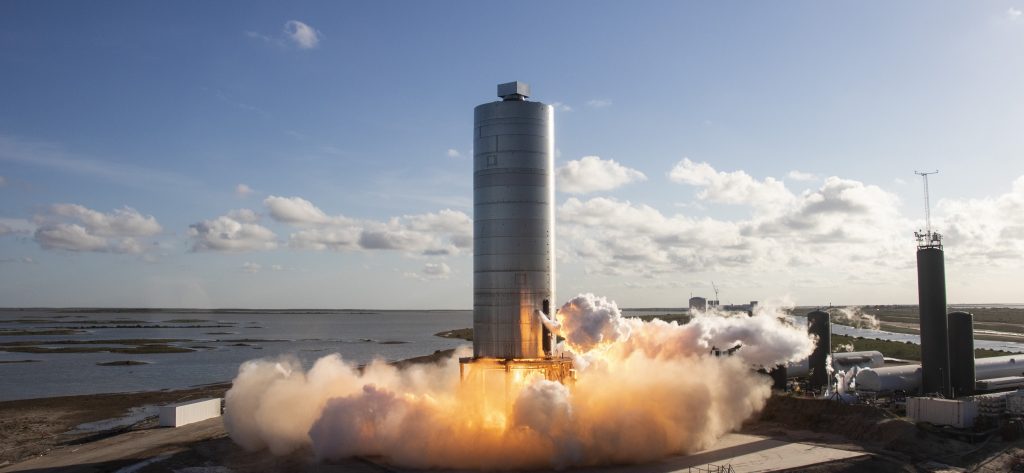
I am, of course, talking about SpaceX’s Starship SN-5.
After a couple of scrubs, including a really exciting rapid propellant offload earlier in the day, this glorified grain silo made a 150-meter hop in Boca Chica, Texas, yesterday afternoon just before 6 pm Mountain Daylight Time (just before midnight GMT).
To wrap things up, here’s a running tally of a few spaceflight statistics for the current year:
Toilets currently in space: 3
Toilets burned up: 2
Total satellites humans put into orbit: 562 (includes those launched from other in-orbit craft, such as the ISS)
Total satellites from launches: 546
Total 2020 launch attempts: 60 (including 7 failures)
I keep track of orbital launches by where they launched from, also known as spaceport. Here’s that breakdown:
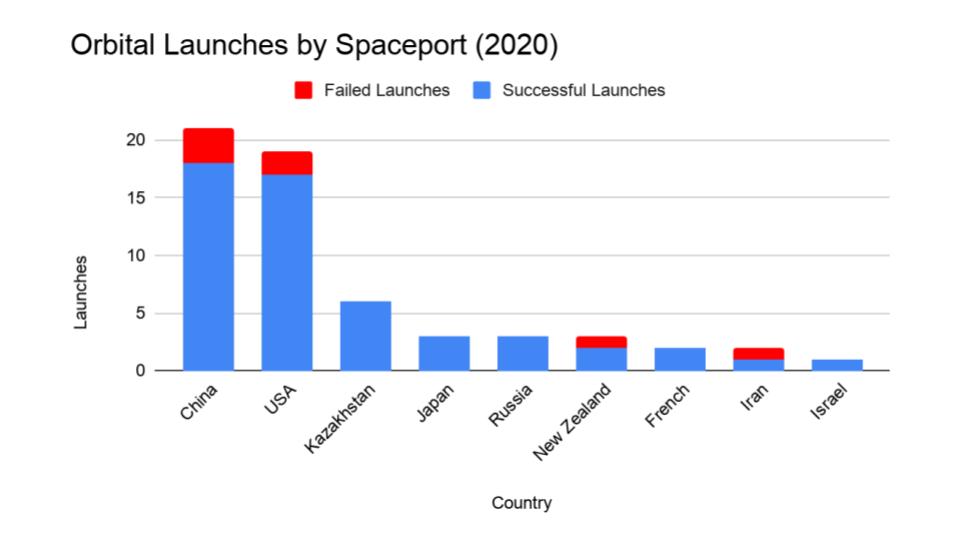
China: 21
USA: 19
Kazakhstan:6
Japan: 3
Russia: 3
New Zealand: 3
French Guiana: 2
Iran: 2
Israel: 1
Your useless space fact for the week comes to us from community member Hexacosichoron, who shares that SpaceX did a bit of troubleshooting for their custom timeline app after Bob Behnken reported that his tablet was displaying an “error message that says Safari cannot open the page” after they departed the International Space Station. The astronauts fixed the problem by enabling WiFi on their iPads so Doug’s iPad could update Bob’s iPad using AirDrop.
Learn More
NASA, ULA Launch Mars 2020 Perseverance Rover Mission to Red Planet
Two Ekspress satellites injected into orbit
- Roscosmos news release
- Roscosmos news release (Russian)
- ISS-Reshetnev press release (Russian)
NASA Astronauts Safely Splash Down after First Commercial Crew Flight to Space Station
Starship SN5 conducts successful 150-meter flight test
Credits
Host: Annie Wilson
Writers: Annie Wilson, Dave Ballard, Gordon Dewis, Ally Pelphrey
Audio and Video Editing: Ally Pelphrey
Content Editing by Beth Johnson
Executive Producer: Pamela Gay
Intro and Outro music by Kevin MacLeod, https://incompetech.com/music/


 We record most shows live, on Twitch. Follow us today to get alerts when we go live.
We record most shows live, on Twitch. Follow us today to get alerts when we go live.